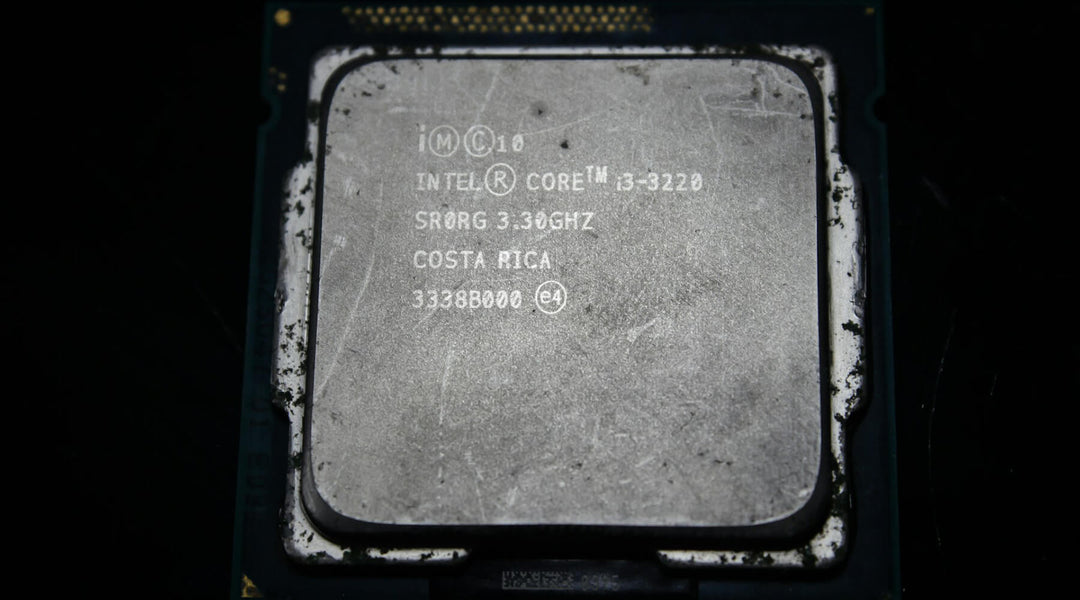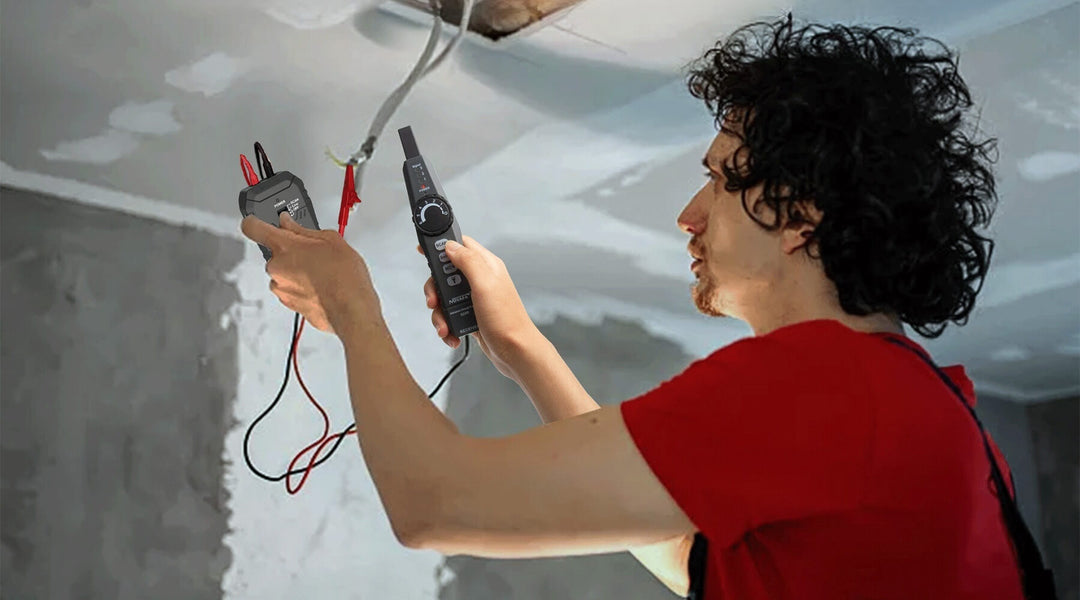How to Maintain Your Paint Thickness Gauge
Paint thickness gauges are essential tools for anyone working in the automotive industry. These gauges allow you to measure the depth of paint on a vehicle, which is important for ensuring proper application and assessing the condition of the car. However, like any tool, paint thickness gauges require regular maintenance and calibration to provide accurate and consistent readings.
In this article, we'll provide best practices for maintaining your paint thickness gauge and avoiding costly mistakes. By following these tips, you'll be able to keep your gauge in top condition and ensure that you're always getting accurate readings for your automotive work.
Understanding Paint Thickness Gauges
Paint thickness gauges, also known as coating thickness gauges, are devices used to measure the thickness of paint on a surface. They work by using magnetic or eddy current principles to determine the distance between the surface of the paint and the substrate it's applied to.
There are two main types of paint thickness gauges: magnetic and eddy current. Magnetic gauges work by measuring the attraction between the magnet and the steel substrate, while eddy current gauges use an electromagnetic field to detect changes in the surface of the paint. Both types of gauges can provide accurate measurements, but the choice of gauge depends on the specific application.
It's important to note that paint thickness gauges are not foolproof and should be used in conjunction with visual inspection to assess the condition of a vehicle. They can also be affected by factors such as temperature and humidity, which can impact the accuracy of readings.
To ensure accurate and consistent readings, it's essential to choose a high-quality paint thickness gauge that is compatible with the types of paint you'll be measuring. Additionally, proper use, storage, and maintenance of the gauge are critical to obtaining accurate readings over time.
Best Practices for Maintaining a Paint Thickness Gauge
To ensure that your paint thickness gauge is always providing accurate and consistent readings, it's important to follow best practices for maintenance and calibration. Here are some tips to keep your gauge in top condition:
Regular cleaning and calibration: Clean your gauge regularly with a soft, lint-free cloth and mild detergent to remove any dirt or debris that could affect readings. Additionally, calibrate your gauge according to the manufacturer's instructions to ensure accurate measurements.
Proper storage and handling: Store your gauge in a protective case or pouch when not in use to prevent damage from dust, moisture, or other environmental factors. Avoid dropping or mishandling the gauge, as this can affect its accuracy and performance.
Compatibility with different types of paint: Different types of paint, such as clear coat paint, can require different calibration settings on your gauge. Make sure that your gauge is compatible with the types of paint you'll be measuring, and adjust calibration settings as needed.
Regular monitoring of mil thickness: Keep track of the mil thickness of the paint you're measuring, and monitor for any changes over time. This can help you identify issues such as uneven application or areas of potential corrosion.
By following these best practices, you can ensure that your paint thickness gauge is always providing accurate and consistent readings. This can help you avoid costly mistakes and ensure that your automotive work meets the highest standards of quality.
Avoiding Common Mistakes When Using a Paint Thickness Gauge
Even with proper maintenance and calibration, there are still common mistakes that can occur when using a paint meter. Here are some tips to avoid these mistakes and ensure accurate measurements:
Not using the gauge on a clean surface: Any dirt, debris, or residue on the surface of the paint can affect the accuracy of your measurements. Always clean the surface before taking measurements with your gauge.
Not taking multiple readings: To ensure accuracy, it's important to take multiple readings at different points on the surface of the paint. This can help identify any variations or inconsistencies in the thickness of the paint.
Not adjusting for curved or irregular surfaces: If you're measuring paint on a curved or irregular surface, it's important to adjust your gauge to account for the angle of the surface. A failure to do so can lead to inaccurate readings.
Using the wrong type of gauge: As mentioned earlier, there are two main types of paint thickness gauges: magnetic and eddy current. Make sure that you're using the appropriate gauge for the type of paint you're measuring, as using the wrong gauge can result in inaccurate readings.
By avoiding these common mistakes and following best practices for maintenance and calibration, you can ensure that your paint thickness gauge is providing accurate and reliable measurements for all of your automotive work.
Why a Paint Thickness Gauge is Essential for Automotive Work

By accurately measuring the thickness of paint on a vehicle's surface, you can identify potential issues such as uneven application or areas of potential corrosion. This can help you ensure that your automotive work meets the highest standards of quality and reliability.
However, it's important to remember that a paint thickness gauge is only as good as its maintenance and calibration. By following best practices for cleaning, calibration, storage, and handling, you can ensure that your gauge is providing accurate and consistent readings every time.
Summary
If you're in the market for a paint thickness gauge, be sure to consider factors such as the type of paint you'll be measuring, the range of measurements you'll need, and the gauge's compatibility with different surfaces and environments. With the right gauge and the right techniques, you can take your automotive work to the next level and ensure that every job is done to the highest possible standards.




